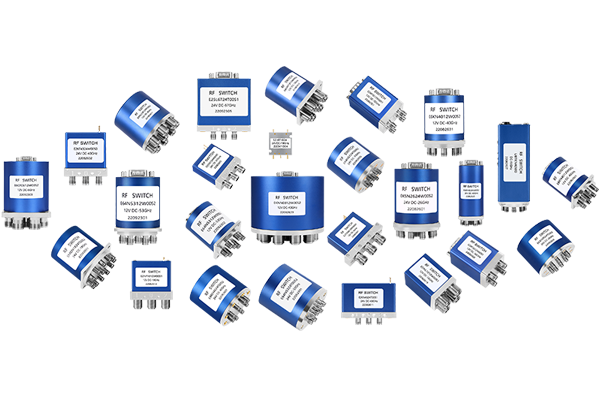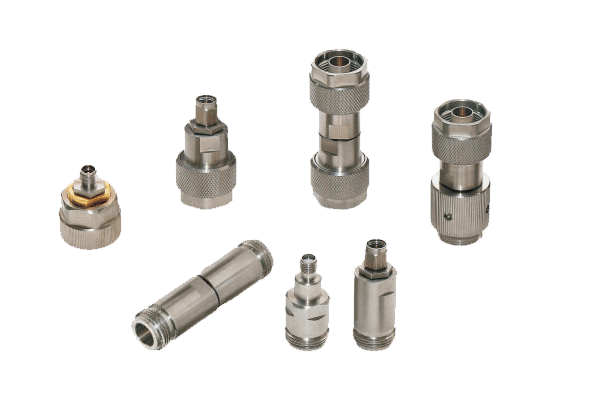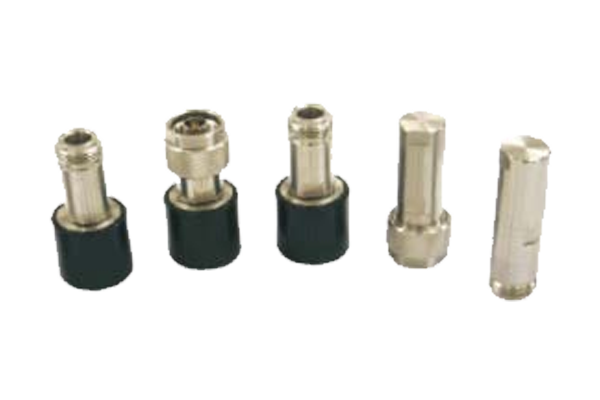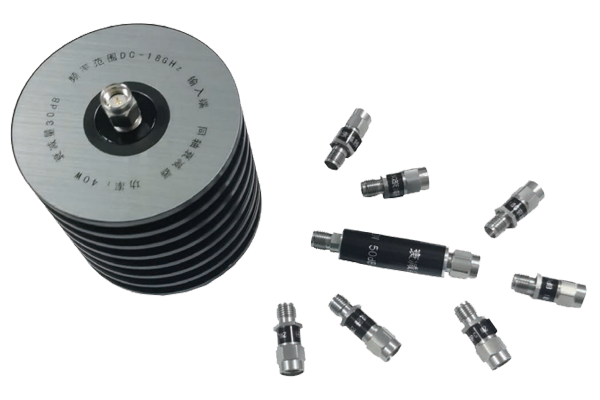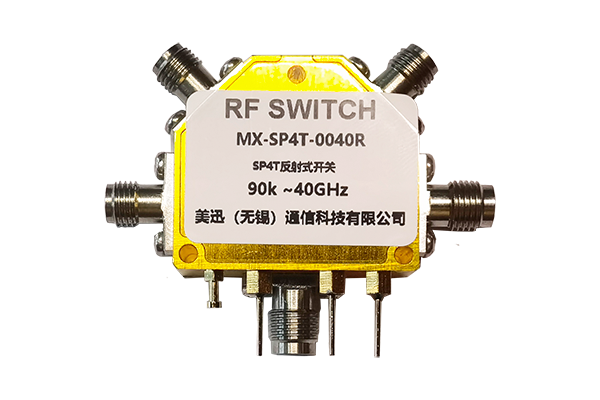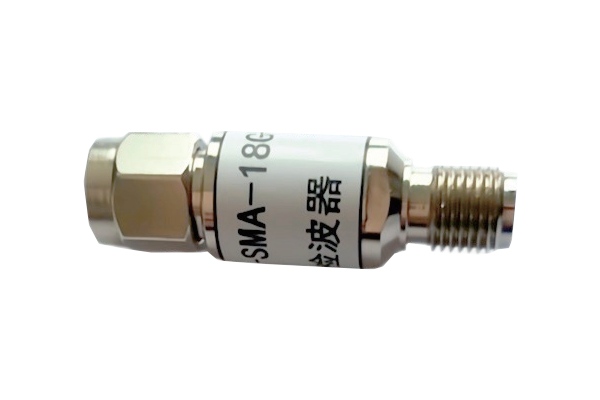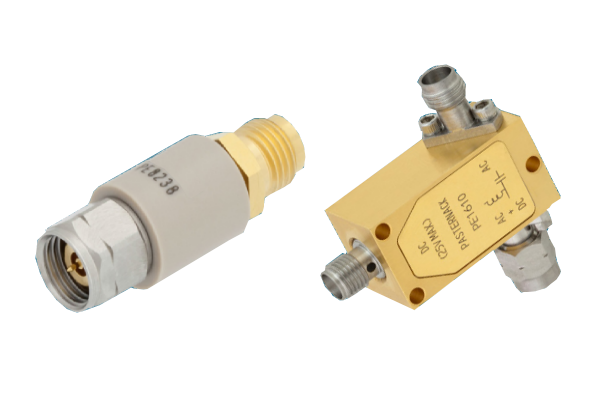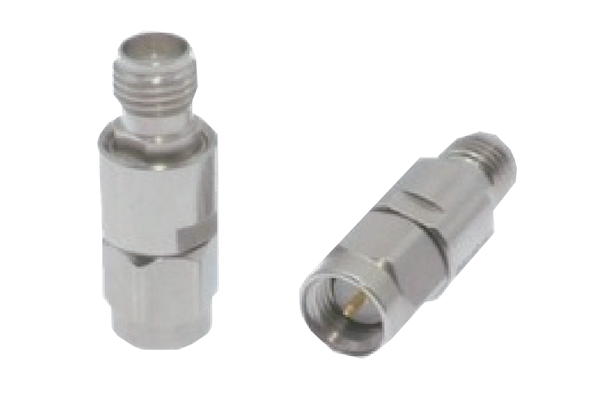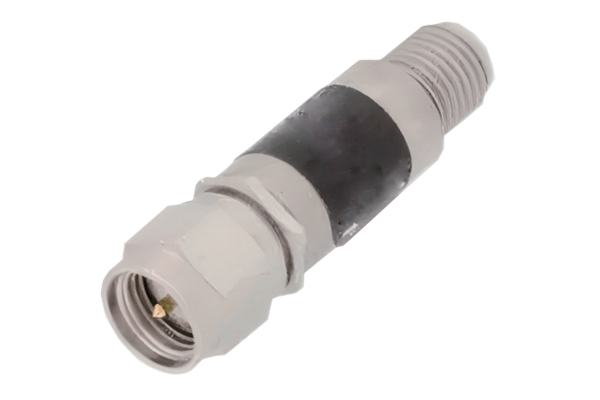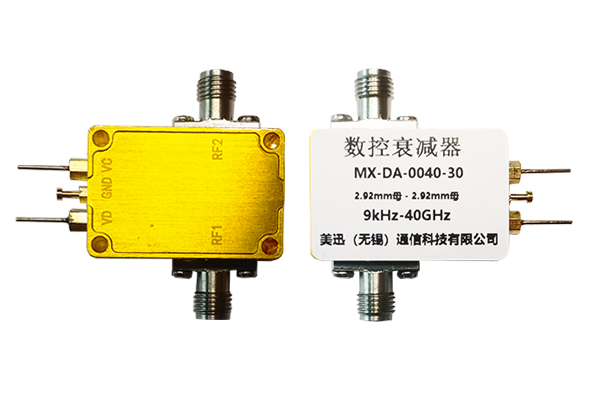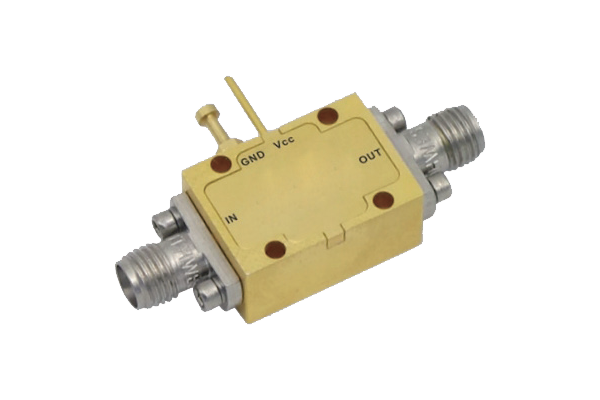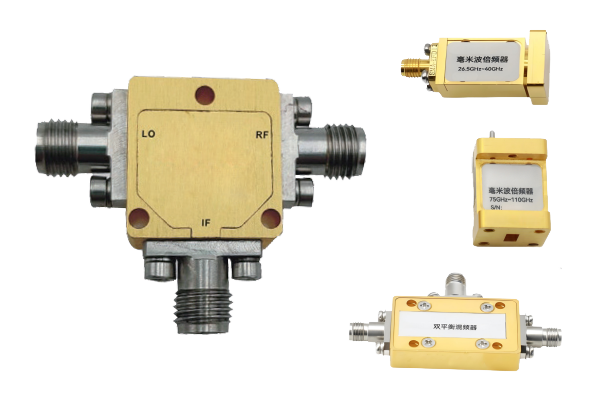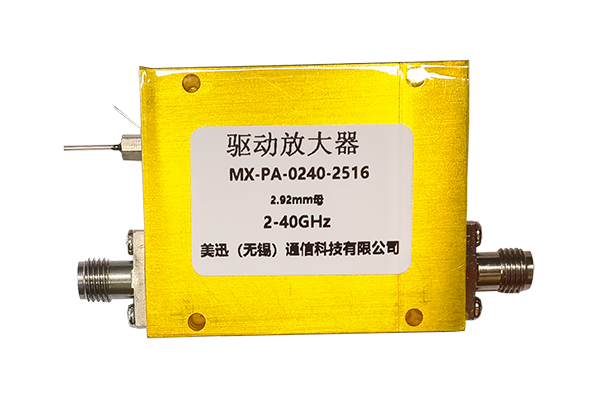How to Measure the Gain Stability of an RF Low-Noise Amplifier
1. Establish a Constant Temperature and Humidity Test Environment
Gain stability of the RF Low Noise Amplifier is easily affected by environmental factors. First, a constant temperature and humidity test environment must be established.
Use environmental control equipment to maintain stable temperature and humidity in the test area to prevent temperature fluctuations from causing changes in component parameters or abnormal humidity from causing fluctuations in circuit performance.
Furthermore, the test environment must be away from strong electromagnetic interference sources to prevent external electromagnetic signals from interfering with the test signal.
This ensures that the test process is conducted under stable and interference-free conditions, laying the foundation for accurate gain stability measurement.
2. Connect a Precise Test Signal Link
Connect the signal generator, RF Low Noise Amplifier, and power meter according to the pre-set link.
The signal generator must output a stable RF signal that matches the amplifier's operating frequency band, and the signal amplitude must be adapted to the amplifier's input range to avoid affecting test accuracy due to excessively strong or weak input signals.
During the connection process, ensure good contact between all device interfaces and use low-loss RF cables to minimize attenuation and interference during signal transmission, ensuring the stability of the test signal link.
3. Conduct Long-Term Dynamic Monitoring
After starting the test equipment, set a continuous monitoring duration to allow the RF Low Noise Amplifier to operate continuously under normal operating conditions.
During the test, the power meter collects real-time power data from the amplifier's output signal, recording the output power values at different time points.
During the monitoring process, the input signal parameters must remain constant to prevent output power fluctuations caused by input signal changes.
This allows accurate capture of the amplifier's gain changes over time and allows assessment of its gain stability over time.
4. Analyzing and Processing Test Data
After the test, the collected output power data is collated and the corresponding gain values at different time points are calculated.
By comparing the gain data at each time point, it is observed whether there are significant fluctuations or specific trends in the gain of the RF Low Noise Amplifier.
If the gain data consistently remains within a small fluctuation range, the amplifier's gain stability is good. If the gain fluctuates significantly, further investigation is required to investigate factors affecting gain stability.
Furthermore, plotting a gain curve provides a more intuitive overview of the amplifier's gain stability, providing a basis for subsequent performance evaluation.



